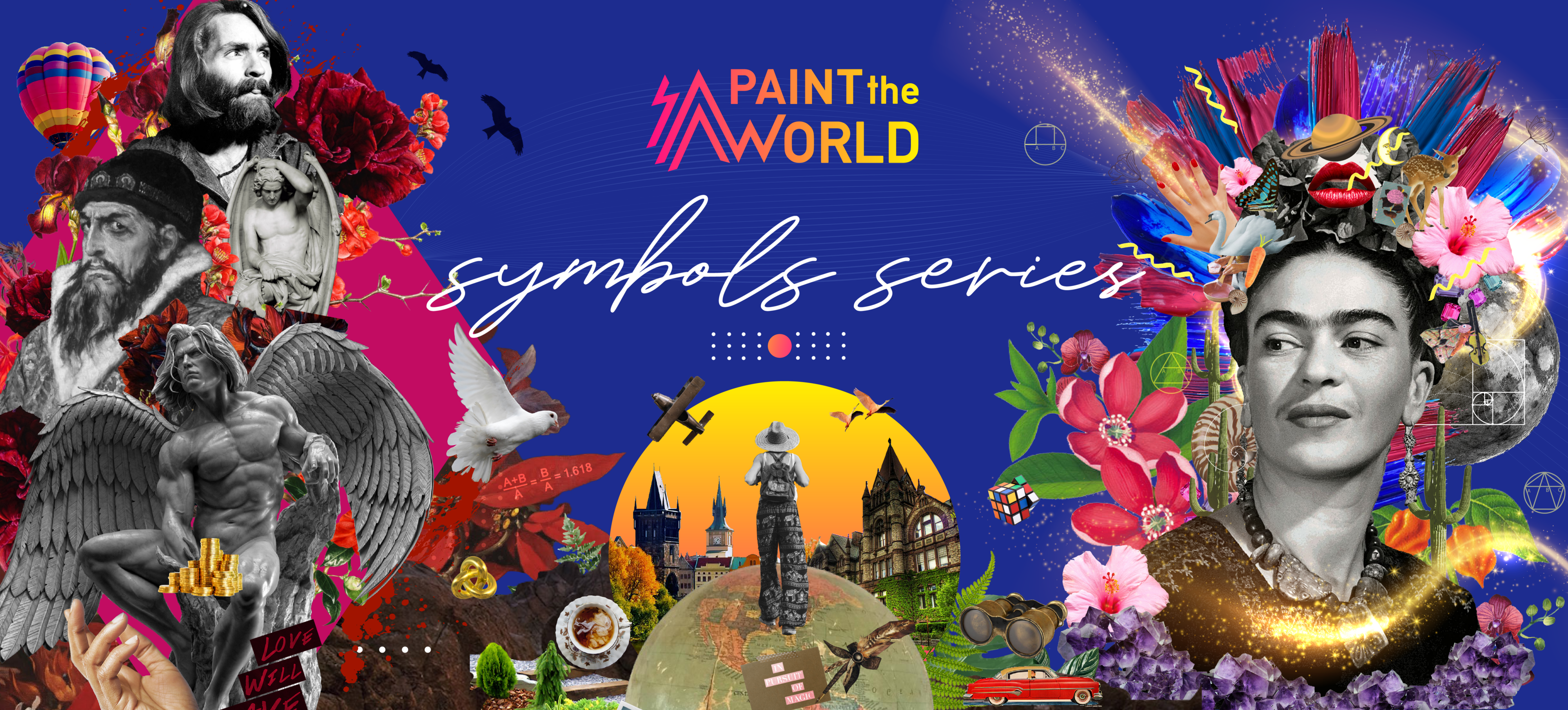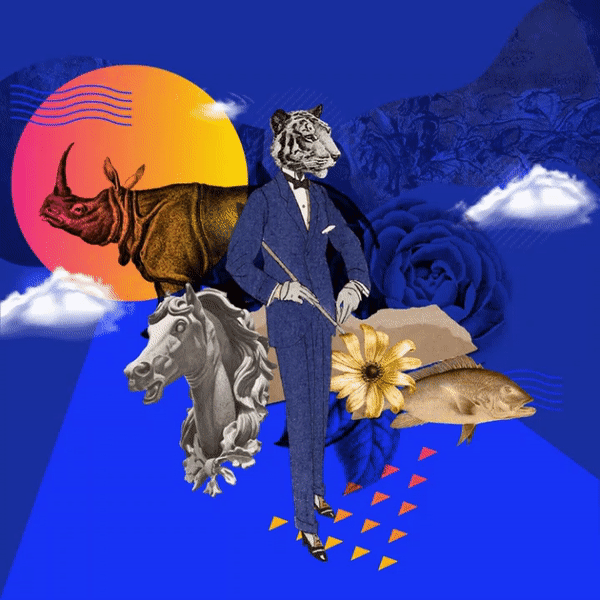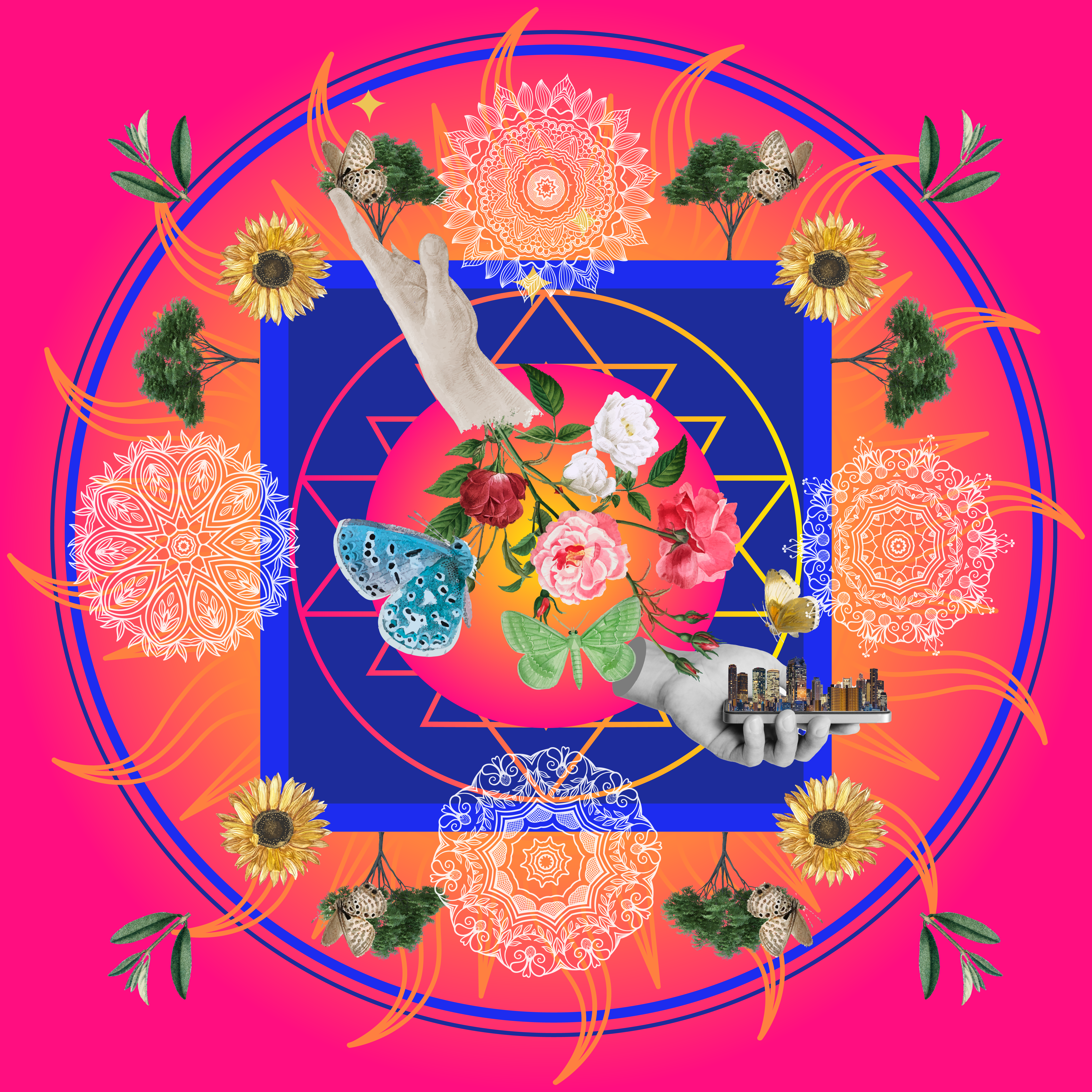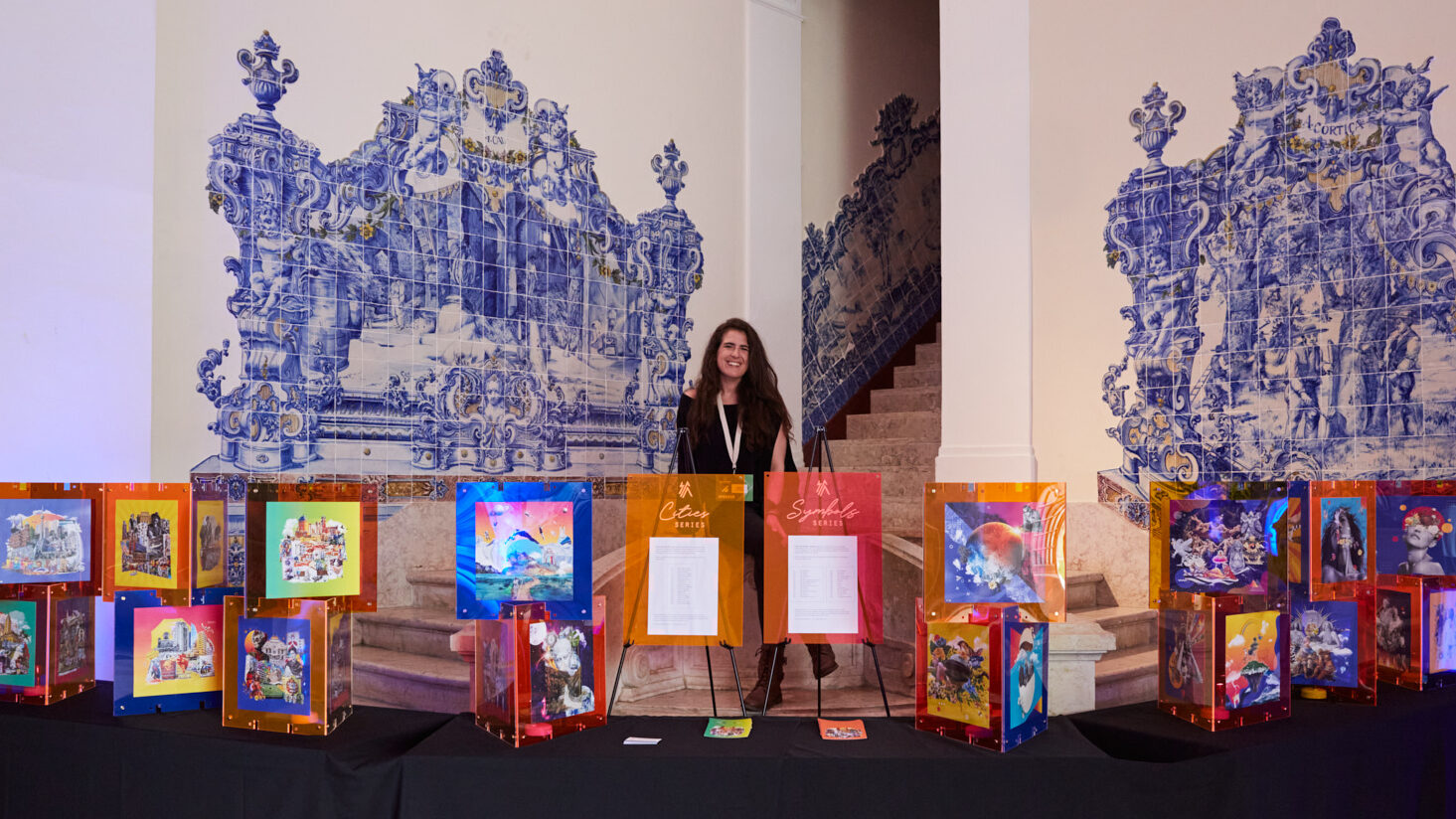Paint the World is a 501(c)3 aiming to shift the paradigm around the impact potential of the arts. In 2021, PTW ran programs in 6 countries, engaging healthcare, education, and engineering professionals. Our Symbols Series is an exploration of archetypal symbols that arise from a community’s collective unconscious & how we can strategically use the appearance of these symbols in art to better understand community needs. To stay up to date on latest releases, follow us on instagram, and join us here.
Finding solutions through symbols in community art
Our inner and outer aesthetic is made up of powerful archetypes that strategically appear in our lives over and over again. According to Dr. Carol S. Pearson, archetypes represent patterns, and patterns represent predictability. Jungian psychology centers largely around the concept of archetypes and how they play out in our lives. These archetypes represent important symbols in our consciousness and possess archetypal energies that challenge and influence our beliefs about ourselves, the role we play in the world, and especially our creations. They represent the eternal characters and beliefs that exist within the psyche of humanity, in what Swiss psychiatrist and psychoanalyst Carl Jung called ‘the collective unconscious’.
Our perceptions of life and art go hand in hand. As one of the oldest forms of communication, expression through means of creation has long been how we convey our needs, wants and experiences. In today’s overstimulated society, it is even more important to understand our symbols as a means towards more accurately understanding ourselves and each other. Often overlooked, holistic analysis of symbols and archetypes that arise in art (both individual and community-driven art) is one of the best ways to do so.
What Are Archetypal Symbols?
Archetypal symbols are potent representations that symbolize eternal, unchanging truths on a collective level. They are also referred to as ‘archetypes,’ or universal symbols that represent fundamental human concepts. Archetypes are the foundation upon which all stories and myths are built, posing fundamental questions about what it means to be human. They appear in art and culture as representations of deep human motivations, emotions and morals.
Symbols vary in meaning according to who is looking at them and how they are interpreted. A common perspective of symbolism is that it allows someone to see something beyond the obvious, seeing past what immediately meets the eye, and inferring a deeper meaning. Symbols are more open to interpretation than other forms of communication because their meaning can be revealed through personal reflection or collective consensus.
An artist’s creative vision is fundamentally their own, but when symbols are used and woven throughout a piece, it allows for a deeper understanding through the artistic lens. Each symbol opens a window of understanding, and the way each appears together, the relationship each one has with another — tells a story unto itself.
Symbols often bring to light themes that transcend time and culture, giving us the opportunity to collect unbiased insight into circumstance and perspective within certain contexts.
The Power Of Archetypal Symbols
It is essential we make significant efforts towards developing a more accurate understanding of those we aim to serve. To more effectively work with diverse communities around the world, we must first understand the raw, unfiltered state of those communities. Only then, we can work towards better understanding a community’s most profound needs and effectively strategizing the best methods towards implementing the least tension-filled solutions.
We, at Paint the World, believe that if we invest in better understanding the symbols that arise throughout a community’s aesthetic, we unlock the doors to a plethora of solutions, to answers we would otherwise have more challenges unveiling. We, as a society, have the unparalleled opportunity to utilize the holistic analysis of the symbols that arise in community art as a tool for discourse, as the ultimate tool for solution-creation.
Paint the World’s Symbols Series
Each and every infinite corner of our modern world is embedded with culturally-diverse characteristics and overlapping traditions that somehow culminate in unique, disparate focal points of society. Soon enough, these tightly-woven clusters of multi-layered meaning harbor what society deems as defined ethnicities. However, these clusters of once-similar characteristics loosen their threads over time as community members cross borders, continents, and oceans. With every new cluster comes a new necessity to understand.
Art created by an individual is an expression of one’s self, and — naturally — art created by many individuals is representative of something much larger than oneself. Aiming to understand the art of the individual is one perspective; aiming to understand the art of a community is not only a holistic perspective, but rather one more tangibly helpful to those making decisions on behalf of a community.
When expressions come together with common symbols embedded throughout (i.e. often directly related to social or environmental problems) they make for powerful, otherwise-hidden, messages that can inspire change.
Paint the World’s Symbols Series seeks to explore the relationship between communities and the symbols that arise from their collective unconscious.
Our world is a large community of clustered cultures, inherently connected. The way our societies function is both consciously and unconsciously influenced by the beliefs and actions of one another. This series helps to enable understanding by exploring universal messages embedded in symbols that have both similar and different meanings across different communities. By prioritizing thoughtful understanding, we can achieve more thorough and sustained solutions.
Why are we doing this?
Let’s reiterate and rephrase the last sentence: Without prioritizing thoughtful understanding, we cannot achieve thorough and sustained solutions. Seeking solutions for a community is purposeless and circular without a comprehensive and true analysis of the collective members. Archetypal symbols that arise within a community are among the most powerful tools we have at our disposal to work towards that end.
Art has always been an outlet for expression beyond the artist’s immediate sphere. Ultimately, we are our communities. A paintbrush (or any tool for creative expression) is like a magic wand. What ultimately manifests is only what is put into motion. To build a tower, we must place the first stone. When art becomes representative of a deeper truth or idea, especially one that is shared across communities, it can be instrumental in affecting cultural change and inspiring movements. Symbols and archetypes that regularly appear in such art can help us better understand the belief systems of a community and how they can be best supported.
In many small communities around the world, elected officials are out of touch with the people they serve. Whether this inaccurate representation is intentional or simply due to lack of awareness, true community needs, values, and relevant stories often remain hidden to decision-makers. As a result, ineffective decision-making practices are too-frequently used, and inconsequential solutions with a low ROI are implemented.
Symbols in art can serve a purpose similar to data. They are the aesthetic elements embedded within our communities that have the power to produce the insight we need to most effectively identify challenges and implement solutions.
Paint the World’s Symbols Series serves as a resource for anyone who wishes to not only better understand their own community through its aesthetic lens, but to also utilize this method to better understand communities around the world.
The Importance Of The Symbols Series To Our Work
At its core, Paint The World is an organization that seeks to highlight the significant correlation between investment in the arts and a community’s economic prosperity. We know that the art that comes out of a community can be extraordinarily telling of that community’s state of well-being, and — with this series — we aim to provide a resource that can be utilized to better understand that state.
This project is a critical piece in the journey towards our vision: a world where every individual in underserved communities feels encouraged to express their creativity for their own benefit and that of their communities. Ultimately, people need to be heard and decision-makers will benefit. Understanding the symbols that arise within community art is critical to developing a more accurate understanding of community challenges and suitable solutions.
Paint the World is a 501(c)3 aiming to shift the paradigm potential of the arts. To learn more about Paint the World’s mission and impact to date, click here. To learn more about Paint the World’s Symbols Series, click here.
We’ll be highlighting each of our 80 archetypal symbols weekly.
Join us here.








